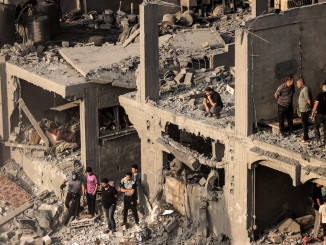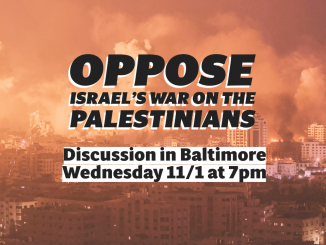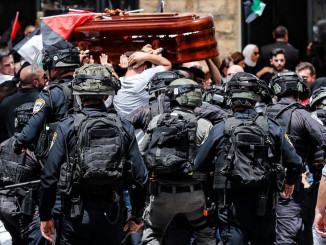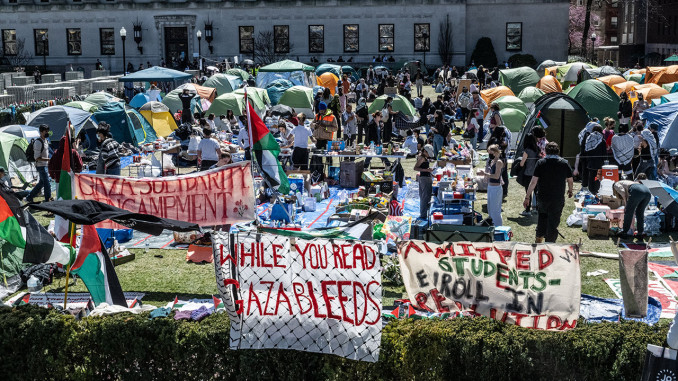
Since the October 7th Hamas attack on Israel and Israel’s subsequent genocidal war on Palestinians, many universities have experienced a simmering battle between those supporting Israel’s Zionist policies and those protesting them. Soon after Israel’s disproportionate response to the attack materialized and it became clear that their war was intended to destroy and displace people on a horrendous scale, many impassioned protests sprung up throughout the United States and many other nations, both on college campuses and in the streets.
In response, right-wing reactionaries in business, government, the media and elsewhere sprung quickly into action to attempt to discredit and silence the protesters. Right-wing activists howled that the protests were antisemitic (the usual immediate response to stifle criticism of Israeli policies). They photographed and doxed protesters, and right-wing professors harassed students and tried to have students punished for protesting. In one case, two former Israeli Defense Forces soldiers attacked protesters with skunk spray that caused their hospitalization. And these examples are just a short list from what has happened only at New York’s Columbia University.
Zionist-supporters in Congress got involved. Among them are many of the same people who are already trying to undermine public education, destroy the credibility of educators, and stifle the honest teaching of any history or perspectives that challenge their religious notions of what the United States ought to be. In December, they called before them and attacked the presidents of Harvard University, MIT (Massachusetts Institute of Technology), and the University of Pennsylvania, forcing them to either take a harder line to shut down the protests or resign. And in March, in response to student protesters at Vanderbilt University in Tennessee, the university president unilaterally cancelled a vote in the student government on divestment from Israel, and then suspended and threatened to expel students who protested this blatant stifling of student speech.
The conflict reached a boil last week when Columbia University President Nemat Shafik testified before Congress. For months, student protesters had been demanding that the university be transparent about financial ties to Israel and Israeli businesses, that the university divest from those investments, and that students be allowed to express their right to free speech without being threatened, suspended or otherwise punished. To coincide with her testimony, at least 100 students set up tents on the main lawn of the campus to occupy the space until their demands were met.
Rather than in any way counter the dishonest assertions of the reactionary members of Congress, Shafik effectively agreed with everything they said, agreeing that the protesters were promoting antisemitism and making Jewish students feel unsafe, agreeing to crack down on protesters, and agreeing to remove, discipline or fire at least two professors who have been critical of Zionist violence. The very next day, in her request that the New York City Police Department (NYPD) arrest the protesters and dismantle their tents, she called the protesters – students at her own university – “a clear and present danger.” Despite the existence of Columbia’s own public safety officers, NYPD officers in riot gear moved in and arrested 108 students.
These acts of political repression and stifling free speech set off what is fast becoming a nationwide student uprising against the Zionist war and in defense of student free speech. Despite the arrests, Columbia students immediately re-occupied the lawn, sleeping outside for at least one cold and rainy night without tents. On Saturday, non-students from around the New York area rallied in support of the student protesters on the outskirts of the campus. Overnight and the next day, tents reappeared on the lawn, and the space was effectively reoccupied. At the same time, students at least at MIT and Yale University and probably more set up their own small encampments in solidarity with Columbia students.
Then on Sunday, 54 Columbia Law School professors published a letter condemning the school president’s response to the student protests. And on Monday, after Shafik cancelled in-person classes for supposed safety concerns, more than 100 professors convened a rally in the center of campus, with the student occupiers looking on along with hundreds of other students. They held signs that read “Hands Off Our Students,” “End Student Suspensions Now,” and “Restore Faculty Governance.” Speeches by two respected historians denounced the president’s actions.
Also on Sunday and Monday, new encampments sprouted up at schools nationwide: University of North Carolina, Charlotte; University of Minnesota; University of California, Berkeley; Cal-State Polytechnic Institute; Vanderbilt University; the University of Michigan; New York University; the New School (also in New York City); and Emerson College and Tufts University (both in the Boston area); and likely more that we haven’t yet heard about. NYPD was called in to remove an encampment at New York University, where 133 were arrested, and where students have since reoccupied the space and been joined by hundreds of other supporters.
These protests, while still small by the standards of mass protest, may be the most intense rising of students in the United States since 1968, when students at schools like Columbia and Cal-Berkeley were in the vanguard of student activism, struggling against the Vietnam War and for Black liberation, expanded decision-making powers in how their campuses were run, and for their rights to freedom of speech. Today’s students are also fighting against a genocidal war of dominance and aggression that has the support of U.S. imperialism. These students are also fighting for justice for an oppressed people. And these students are also taking a stand for their rights to speak, to think politically, and to not be intimidated, doxed, or arrested into submission by forces of repression.
It’s too soon to tell where this movement will lead. The example of these students has opened the door for yet more student activism that may develop in the coming days. Zionist aggression will not end on its own, and may only get worse. The movement on the campuses will surely not go away easily, and may even become larger and more intense.
The larger question is whether other segments of the larger population will join this struggle, including segments of the working class. We support the students who in the past months and today are fighting the U.S.-backed Zionist war machine and its many propagandists.
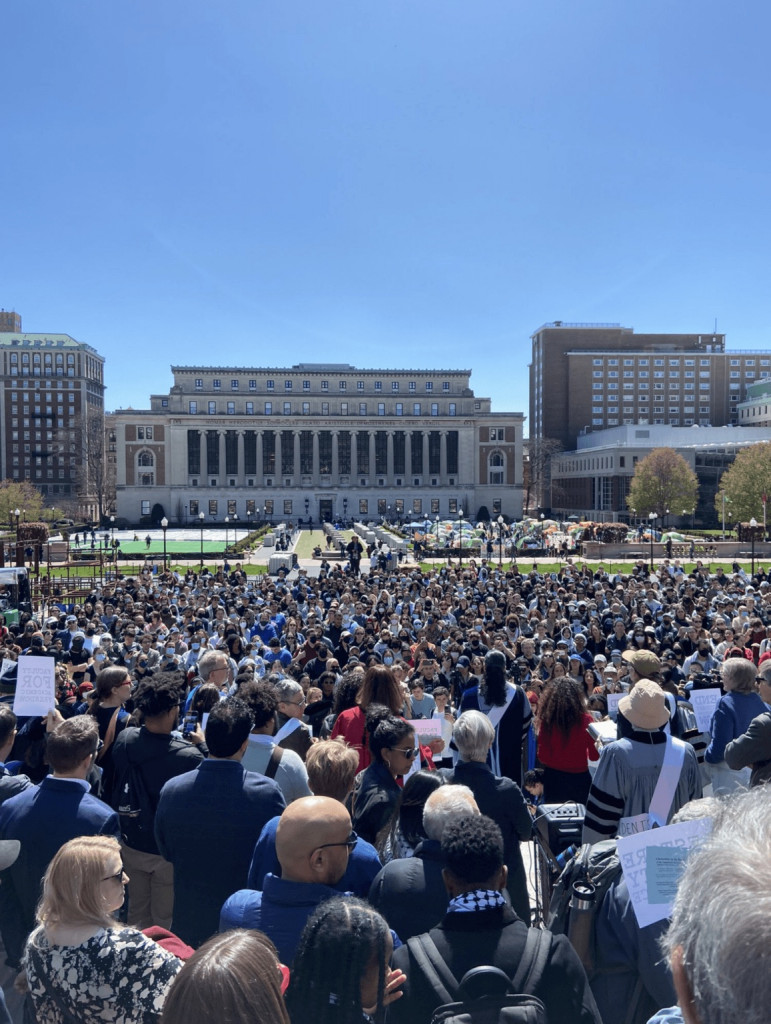
Image by Columbia University, Associate Professor Hiba Bou Akar.


